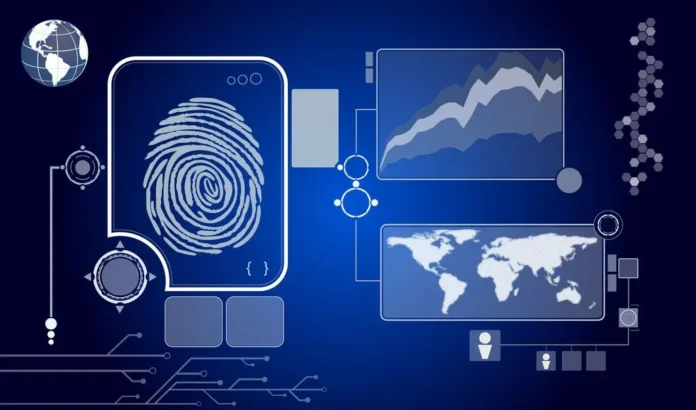Cybersecurity is a major concern these days. Everyone’s looking for better ways to protect their data and devices. While most companies are concentrating on better encryption and employee training, one area ripe for increasing attention is access control—basically, figuring out who gets to access to the devices and all that juicy info stored in them.
So how are businesses handling access control? For many, access control means turning to “biometrics,” which is verifying a user’s identity by checking their unique biological traits. These traits—think fingerprints, iris patterns, and facial features—are unique to each person, making them perfect for keeping things secure as today’s technologies can’t copy them like a password or ID card. Companies in the healthcare and industrial sectors, especially, have highly sensitive data that can cost them millions, if not billions, if stolen as well as legal hassles.
Different Types of Biometrics
Biometric cybersecurity comes in several categories, each focusing on a different biological aspect of the user.
- Biological biometrics: These focus on traits at the genetic level, like DNA. Biological biometrics is usually reserved for severe situations like criminal investigations, as few people want to provide bodily fluid and tissue on a constant basis to access data.
- Morphological biometrics: This form of biometrics checks out a person’s physical traits. Think the color of one’s eyes, fingerprints, and the shape of a face. Morphological biometrics is most commonly used for security purposes, as it’s easy to set up a computer with a camera and image recognition software.
- Behavioral Biometrics: How a person speaks, their walk, and even their typing habits can be used to access computer systems thanks to behavioral biometrics. Voice recognition is the most popular example of this form of biometric security.
The Most Common Biometrics in Cybersecurity
Voice Recognition
As previously mentioned, voice recognition is part of the behavioral biometrics subgroup and is one of the most common forms. Voice recognition technology analyzes the sound, rhythm, and patterns of an employee’s voice. It’s surprisingly tricky to replicate someone’s voice thanks to physical factors such as the shape and size of one’s mouth, throat, and even the nose. Thus, much like a fingerprint, a digital template or “voiceprint” can be taken by software and used to access (and prevent access) to private data.
Fingerprints
And as everyone knows, fingerprints are totally unique, which makes them excellent when verifying who someone is. Even better, fingerprint scanners can easily be built into everything from smartphones to industrial tablets.
There are a few different types of fingerprint scanners, which analyze the patterns, ridges, and tiny details of a fingerprint, capturing and converting it into a digital format to be compared to stored records.
- Optical: Takes a picture of a fingerprint.
- Capacitive: Uses electrical currents to map out the print.
- Thermal: Detects subtle temperature differences between the ridges and valleys of a fingerprint.
Eye Scanning (Iris and Retinal)
Eyes, just like fingerprints, don’t change much from a person’s childhood on, as the iris and retina are unique and pretty much stable throughout one’s life.
Iris scanning software works by looking at the colored part of a person’s eye, while retinal scanning focuses on the back of the eye. Both use a low-energy infrared light beam to detect temperature differences in those structures. Because each absorbs that light differently than the surrounding area, they create an “eyeprint” unique to the individual. This incredible detail and uniqueness – especially of the iris – make it nearly impossible to fool this particular form of biometric system outside of spy movies.
Facial Structure
Finally, there’s the use of one’s entire face for cybersecurity. With this form of scanning, the physical dimensions of a person’s face, from the distance between their eyes, the distance from their forehead to the chin, to even the shape of their cheekbones, are scanned and digitalized as a biometric ID. Simply, these characteristics are super difficult to alter or replicate as they’re determined by the underlying bone structure.
As the demand for strong cybersecurity and effective access control ramps up, using biometric solutions is going to become even more common. Companies might mix and match different biometric types depending on the level of security needed. A high-security environment like a server farm, for example, might require both a fingerprint and a retinal scan to access a particular room or even a computer. Regardless, businesses can better protect their data and devices while ensuring that only the right people have access with these innovative measures.
